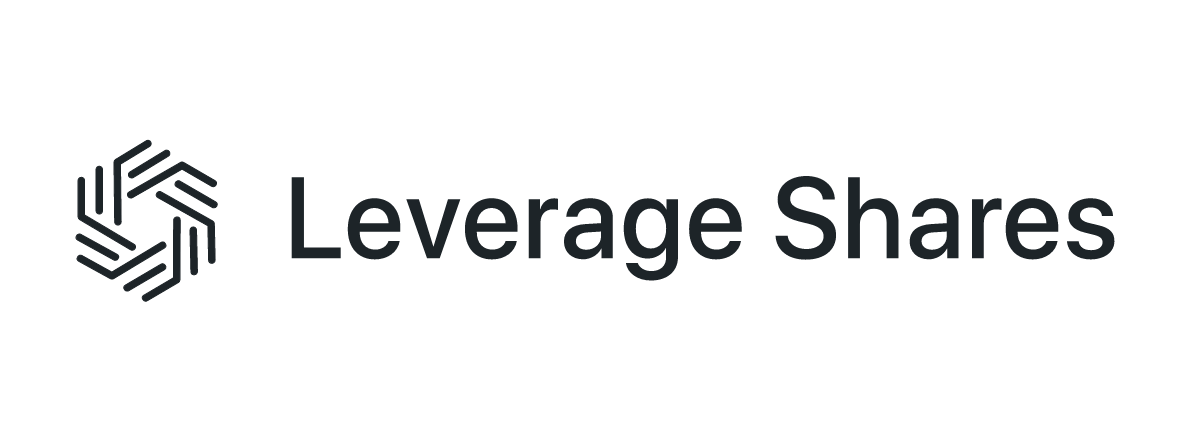Europe welcomed its first exchange-traded product (ETP) offering covered call exposure to gold last month, but investors must now uncover how it works and what purpose adding yield to gold serves within a portfolio.
ETP specialist Leverage Shares listed the IncomeShares Gold+ Yield ETP (GLDE) alongside two single stock strategies on the London Stock Exchange with a total expense ratio (TER) of 0.35%.
ETPs selling covered calls limit an investor’s potential upside return but provide a monthly premium, which mitigates some potential downside and offers an income uplift when the underlying remains flat over prolonged periods.
With gold typically playing a role as a diversifier or hedge within portfolios, adding covered calls makes GLDE something of a ‘hedged hedge’ from a risk-return perspective.
José Poncela, head of product development at Leverage Shares, told ETF Stream: “With our gold covered call product, we are trying to get the sweet spot between income, while maintaining the investment case for gold by keeping most of the upside.”
Oktay Kavrak, head of communications and strategy at Leverage Shares, added: “There is always going to be a trade-off between the option premium collected and the upside you are capturing.
“Gold goes through long periods of trading range-bound. The idea with this ETP is you will not watch your portfolio be stagnant through those periods. You are going to be collecting some income in the meantime.”
What makes gold with yield tick?
Like the rest of its new IncomeShares range, Leverage Shares purchases a sufficient number of shares of GLDE’s underlying – in this case the well-known SPDR Gold Shares ETF (GLD) – to cover the call options it writes on GLD each week.
As the options expire each Friday, the firm picks up the premium and pays out a cash yield per ETP unit within eight business days of the end of each month.
However, a novel nuance in GLDE’s methodology is its active management, which allows Leverage Shares to switch between 3% and 5% out-of-the-money call options, with the latter enabling the ETP to capture more of the potential upside in gold’s price during periods of strong returns.
“We have leeway to adjust how out-of-the-money the ETP is, based on client feedback,” Poncela said.
“We can move from 3% to 5% and if you look at a historical time series, it is rare for gold to rally more than 5% in a five-day period.”
He added the firm is not looking for price signals or trying to time the market, but looking to “target an income level that makes sense”.
Kavrak noted the importance of contextualising the precious metal’s performance within the prevailing regime at the time being examined.
“Looking at gold returns on a weekly, rolling basis, you would have captured almost 92% of the upside of gold over the past five years by going 3% out-of-the-money.
“By going 5% out-of-the-money, you would have captured virtually all of the returns,” he said.
Another mechanical subtlety to note is because of its physical replication approach, the ETP is “slightly over-exposed to GLD”, Poncela said.
For instance, if the firm holds 398 shares of the ETF on behalf of GLDE investors, it would only sell three call options covered by 100 shares apiece, so it would always have enough shares of the physical underlying to meet its obligations under the options.
Poncela said the difference between the ETP’s long and short positions will become less significant as it scales.
Further covered call innovation to come
Far from resting on its laurels, Leverage Shares plans to add to its IncomeShares range with Nasdaq and S&P 500 covered call ETPs later this month.
The firm is also looking to provide covered call exposure to other commodities, however, these would be “a completely different business case and probably a lot more volatile” than gold, Poncela said.
Aside from addressing some of the most popular commodities, the firm is assessing the possibility of commodity baskets and even using its own exchange-traded commodities (ETCs) as the underlying for future covered call ETPs.



